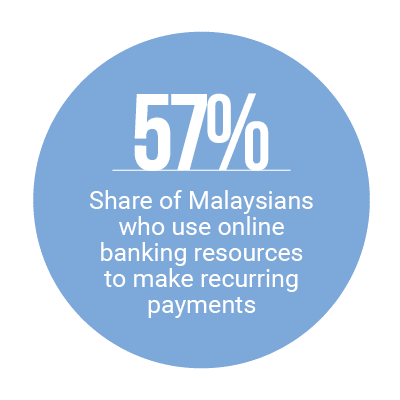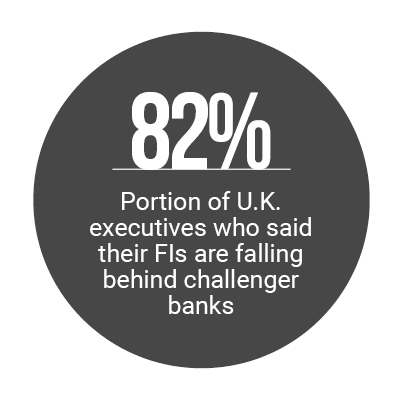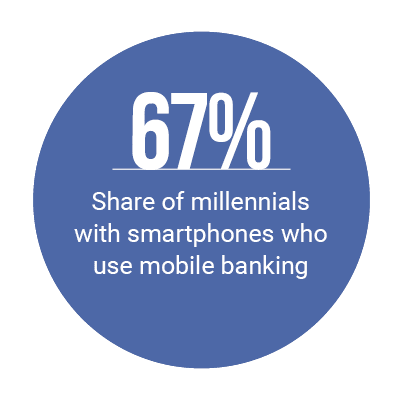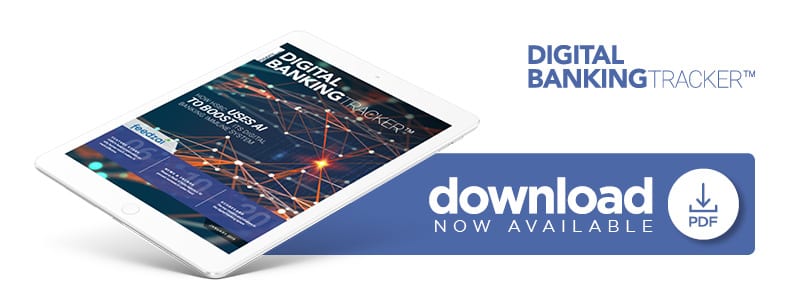Why Banks’ Immune Systems Need Both AI And Human Boosts

As fraudsters become more brazen in their efforts, banks are realizing they need to do more than simply respond to suspicious activities as they find them. Instead, a deeper understanding of fraud — down to its genetic outline — is needed to be truly effective in fighting it.
The new “Digital Banking Tracker™” highlights how banks are adopting new approaches to protect their customers and clients from nefarious actors.
News From the Digital Banking Landscape
Fighting fraud is often a group effort, as can be seen in several global markets.
In the UAE, for instance, a group of banks recently banded together to crack down on acts of check-related fraud. The 52-member UAE Banks Federation recently unveiled new approaches to address check fraud activities, such as counterfeit checks, including enhanced encryption technology and unique QR codes on newly issued checks.
However, banks are not the only ones joining forces to tackle fraud. In the U.K., a group of telecom companies have partnered to address the growing problem of authorized push payment (APP) fraud. In the event of APP, a fraudster tries to convince a consumer to send them money based on false pretenses. This type of activity cost U.K. consumers nearly £145 million ($189 million USD) in the first half of 2018, according to a recent report.
 Meanwhile, efforts are being made to tackle more APP fraud, known as vishing. This type of fraud is when a cybercriminal poses as an official, such as a bank employee or police officer, and tricks consumers into transferring funds. The trend has already claimed roughly 4,000 U.K. bank customers in the first half of 2018, according to recent data. To fight back, behavioral biometric solutions provider BioCatch recently launched a solution that reviews users’ online interactions in real time to offer behavioral insights, and determine if a consumer might be getting targeted by a scammer.
Meanwhile, efforts are being made to tackle more APP fraud, known as vishing. This type of fraud is when a cybercriminal poses as an official, such as a bank employee or police officer, and tricks consumers into transferring funds. The trend has already claimed roughly 4,000 U.K. bank customers in the first half of 2018, according to recent data. To fight back, behavioral biometric solutions provider BioCatch recently launched a solution that reviews users’ online interactions in real time to offer behavioral insights, and determine if a consumer might be getting targeted by a scammer.
Deep Dive: Fighting Fraud At The Genetic Level
These new types of scamming activities require banks to take a different approach to understanding fraud. To aid in this effort, machine learning (ML) solutions provider Feedzai recently launched Feedzai Genome, an artificial intelligence (AI)-powered product that aims to decode fraud similar to the way a DNA sequence is mapped.
This month’s Tracker includes a Deep Dive on how banks are working to pinpoint fraud with solutions such as these, across a complex financial services ecosystem.
How HSBC Uses AI & Human Insights To Boost Banking’s Immune System
As banks are developing a deeper understanding of fraud, a growing share are turning to AI to keep financial consumers safe from bad actors. Yet, what good are AI-powered insights if banking systems do not know how to respond?
For the January feature story, Jeremy Balkin, head of innovation at HSBC, explained how the bank’s core system combines AI and ML with human insights to respond to potential problems, mimicking the way an immune system responds to health risks.
About the Digital Banking Tracker
The “Digital Banking Tracker™,” powered by Feedzai, brings the latest news, research and expert commentary from the FinTech and consumer banking space. It also includes a provider directory, featuring the rankings of more than 200 companies serving or powering the digital banking sector.
